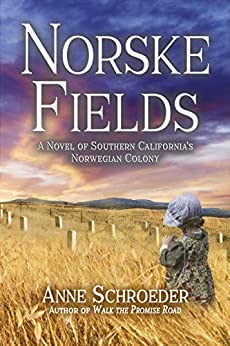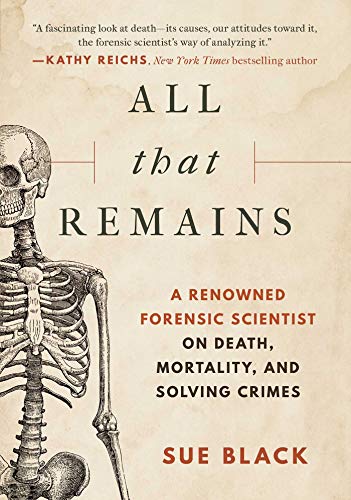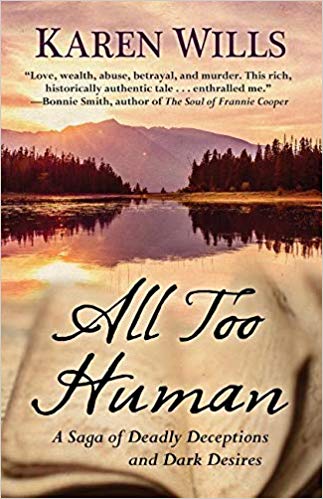
Norske Fields: A Novel of Southern California’s Norwegian Colony by Anne Schroeder brings to life the struggles and joys of Norwegian immigrants as they become part of the American fabric. The story takes place from 1884 through 1957.
Nils Uren, together with four bachelor friends and the sister of one of the friends, leave Norway for America, the promised land. None of them are their families’ eldest sons and therefore will not inherit family land in Norway. America’s spacious land brings promise for farming and growth.
The group set sail from Norway to London, board a train to Liverpool, then board a ship bound for New York. From New York they travel 12 days by train to Sacramento. They end up in the Conejo Valley, a region in Southern California. The area where the families settle becomes known as the Norwegian Colony.
The friends purchase 650 acres and split the land between them, agreeing to payments over a period of seven years. They work hard on this raw land, coaxing crops from the virgin soil, and building rough living spaces. All the work is done by manual labor until they can afford work horses and more efficient tools, but they persist. They also work at becoming American citizens, taking American-sounding names and learning English.
Each works hard to keep the others from discouragement. Small kindnesses to one another remind them of their blessings. They are a people used to scrimping and they find creative ways to make life joyous. Their land is a constant reminder of God’s provision. American ways and its inherent freedoms are precious to the group.
The story mainly centers on Nils Uren and his wife, Ellen, and their children, but includes all the families with their struggles and successes in the new land.
In Norske Fields author Anne Schroeder brings to life the fictional account of her ancestral Norwegian family. Her exquisite descriptions of the land and people kept me turning the pages of this fascinating account of early America and its blending of people and ideals.










